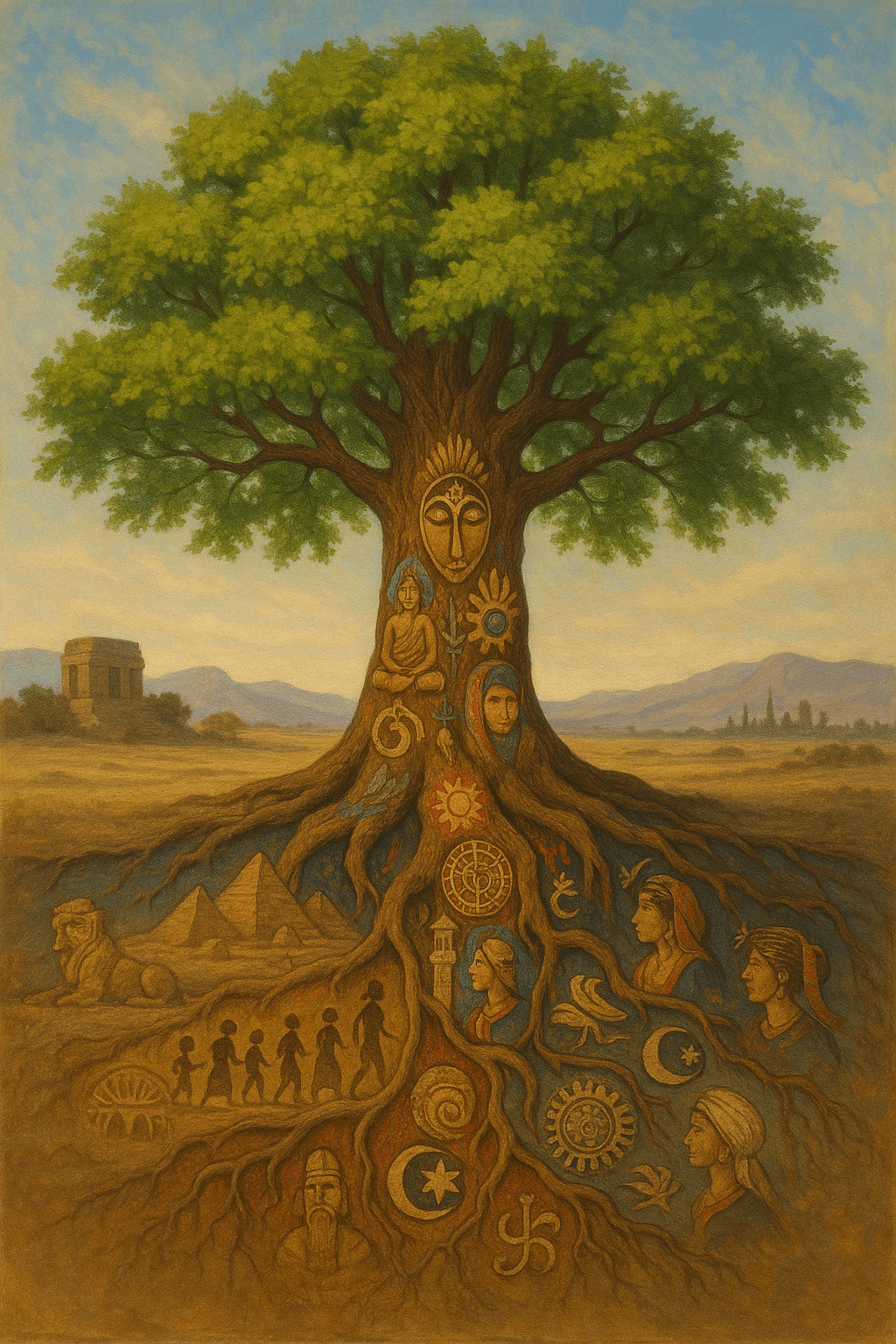The Vital Roots of Identity: History and Culture

A people without the knowledge of their past history, origin and culture is like a tree without roots. — Marcus Garvey
The Metaphor of Roots and Identity
Marcus Garvey’s famous comparison draws a vivid parallel between a rootless tree and a people cut off from their collective memory. Without roots, trees lack the nourishment and stability necessary for growth—similarly, societies that neglect their history, origins, and culture risk losing their sense of belonging and direction. This metaphor establishes the foundation for understanding how cultural memory anchors identity.
Historical Amnesia and Its Consequences
Expanding on Garvey’s warning, history is replete with examples where cultural amnesia leads to disintegration. After periods of colonialism or forced assimilation, many Indigenous communities have struggled to reclaim their traditions and languages. The erasure of histories—as seen in the expulsion of the Acadians in 18th-century Canada—often results in generational trauma and a diminished sense of self, demonstrating the high cost of severed roots.
Recovering Origins: The Role of Storytelling
Counteracting this loss, storytelling and oral traditions play a crucial role in preserving origins. For example, West African griots—traditional storytellers—safeguard genealogies and ancestral memories within their communities. Their enduring presence illustrates how recounting the past not only transmits knowledge but also strengthens communal bonds, allowing new generations to trace their connection to those who came before.
Culture as Sustenance and Resilience
Flowing from historical awareness, culture enriches daily life with rituals, values, and artistic expression. Festivals like Día de los Muertos in Mexico or Lunar New Year in East Asia embody resilient cultural identities that celebrate collective memory and shared heritage. These traditions act as lifelines, nurturing communities much like roots supply essential nutrients to trees, especially during adversity.
The Imperative of Remembering
In closing, Garvey’s words urge both individuals and societies to value the preservation and transmission of their stories. Museums, education, and public commemorations can help revive forgotten histories and foster pride in diverse origins. Much like a tree’s roots anchor it through storms, knowledge of the past empowers communities to weather change with dignity and cohesion, ensuring they stand tall for generations to come.